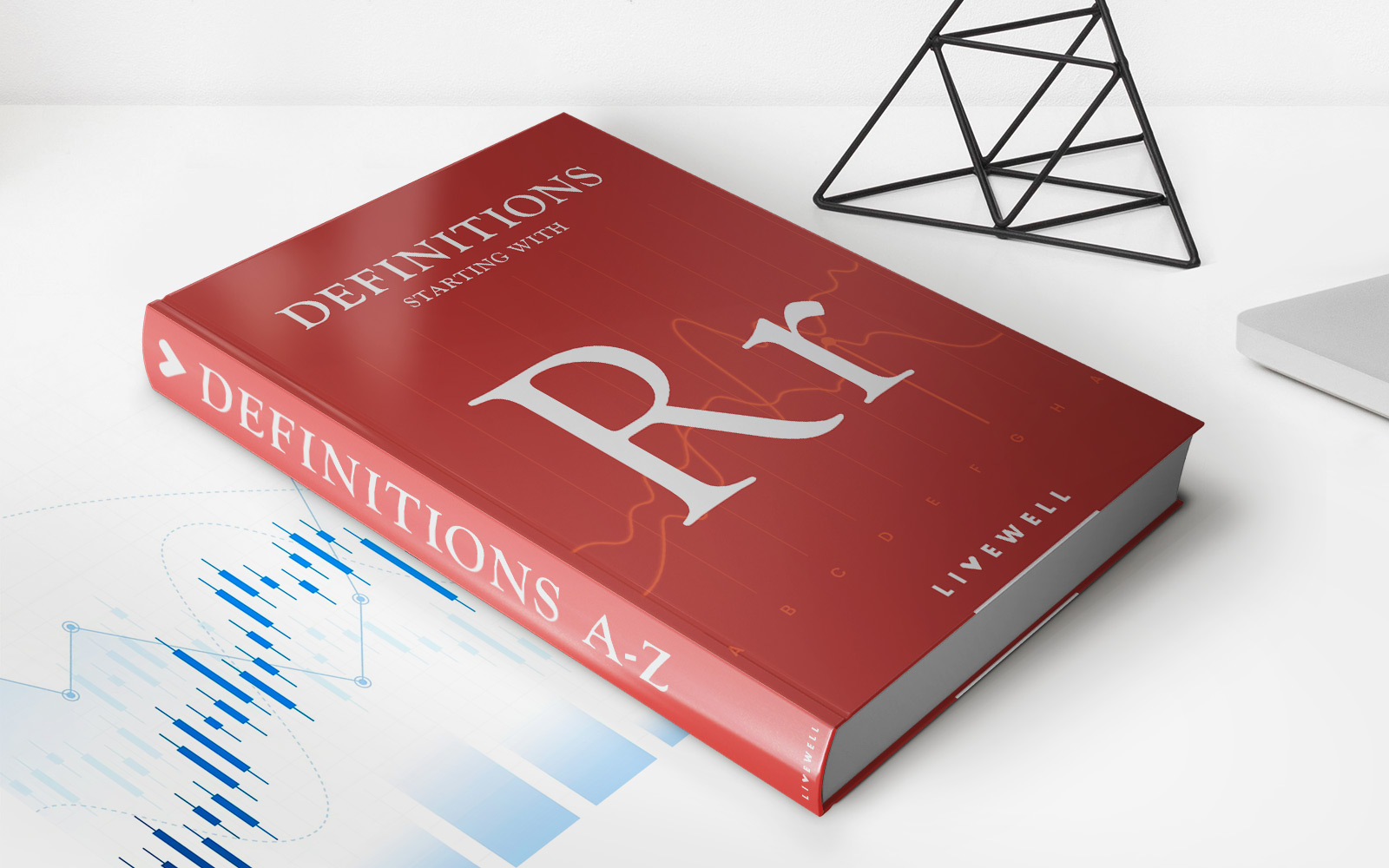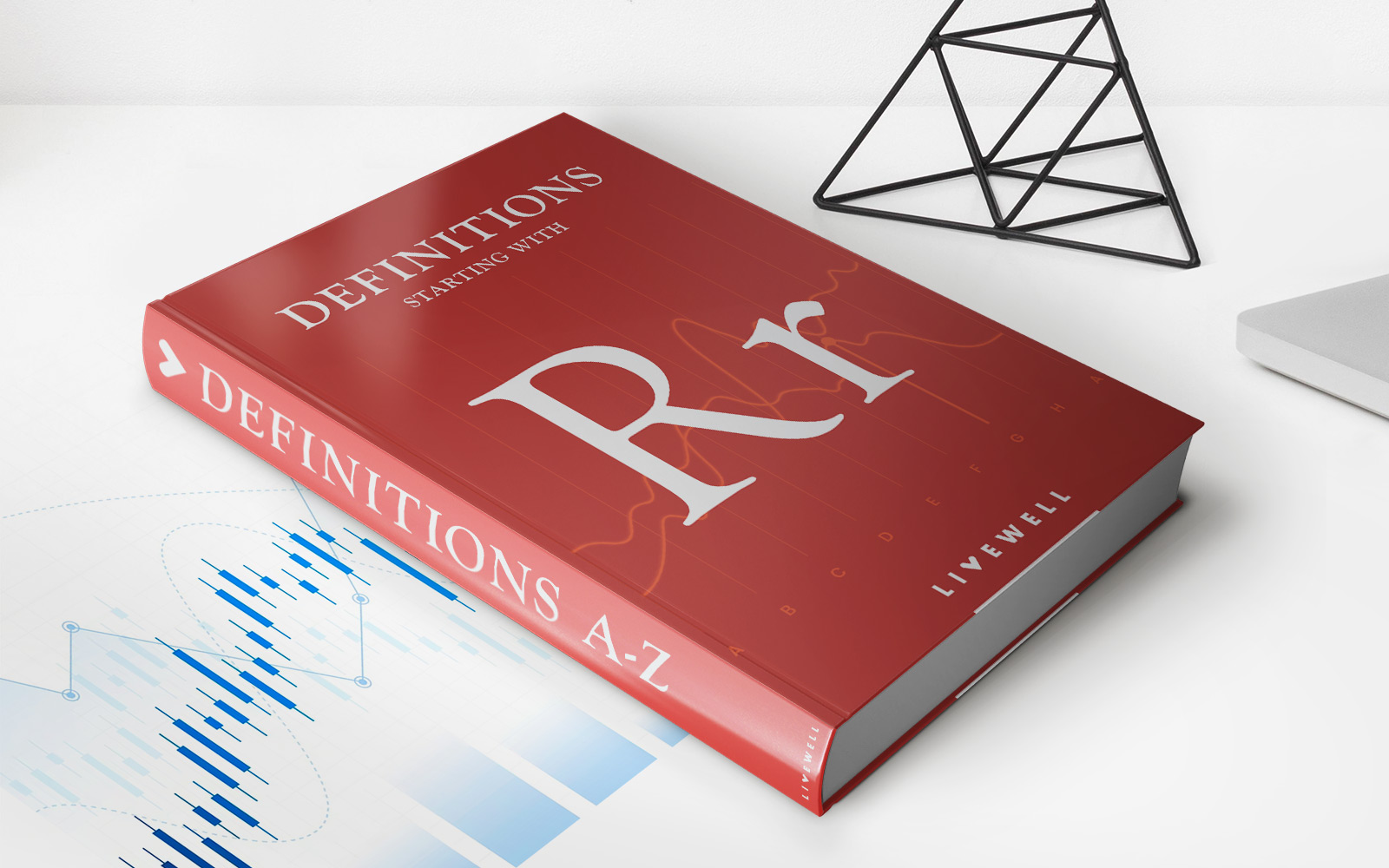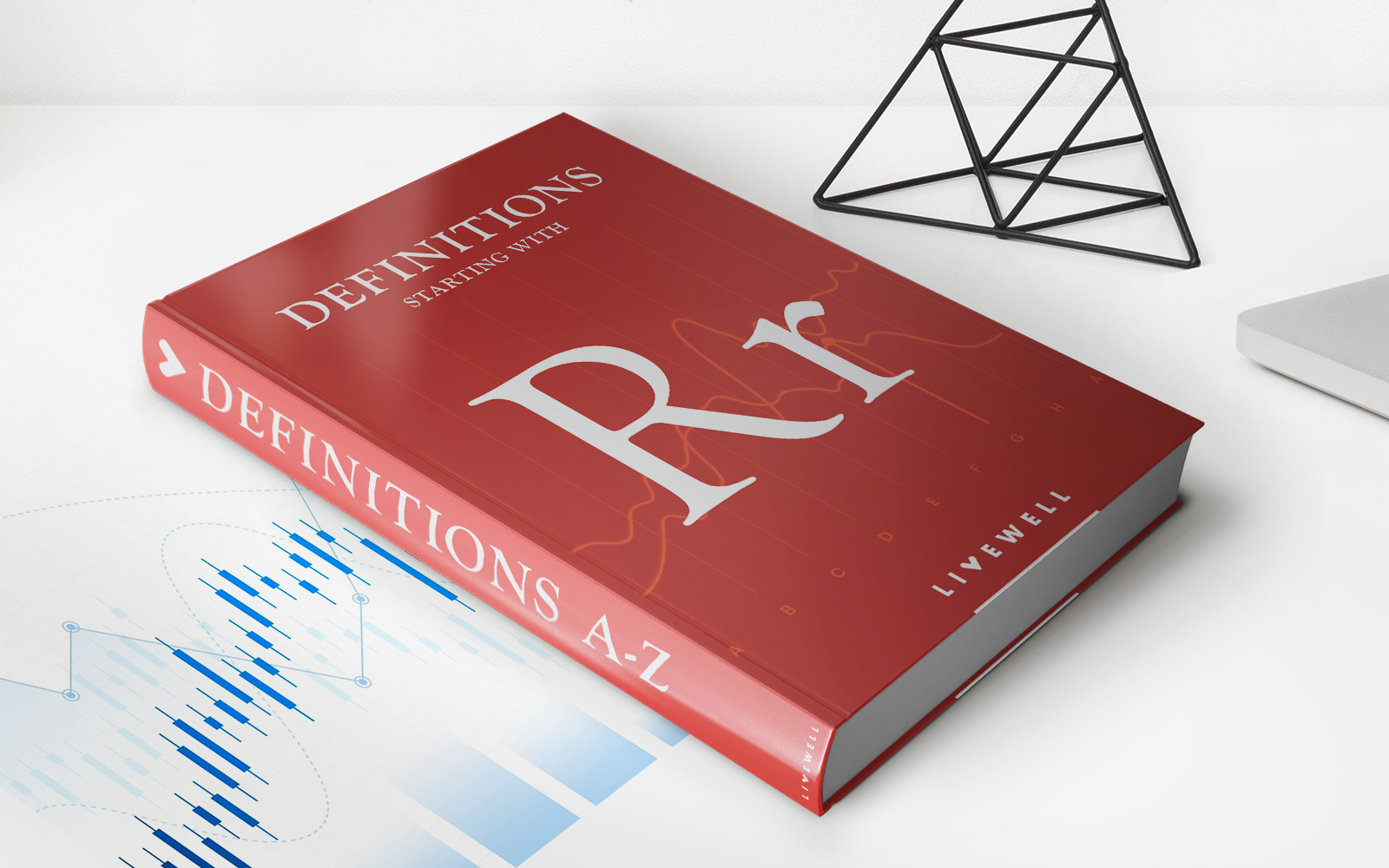

Finance
What Is An Example Of Rebating In Insurance
Published: November 24, 2023
Explore the concept of rebating in insurance. Learn about different examples and how it impacts the finance industry.
(Many of the links in this article redirect to a specific reviewed product. Your purchase of these products through affiliate links helps to generate commission for LiveWell, at no extra cost. Learn more)
Table of Contents
Introduction
Insurance, a vital part of financial planning, provides individuals and businesses with protection against unexpected events and losses. When it comes to insurance, a concept that often comes up is rebating. Rebating in insurance refers to the practice of offering a client something of value as an incentive to purchase an insurance policy. It can range from cash discounts and gifts to services or special privileges.
The main objective of rebating is to encourage customers to choose a particular insurance provider over their competitors. While it may seem like a win-win situation, there are legal and ethical considerations surrounding the practice. Insurance regulators closely monitor and regulate rebating to protect consumers and maintain a fair and competitive insurance market.
Understanding the legality of rebating and its impact on the insurance industry is essential for both insurance providers and policyholders. In this article, we will delve into the definition, legality, and examples of rebating in insurance. We will also examine a case study on auto insurance rebates and discuss the implications this practice has on the industry as a whole.
Definition of Rebating in Insurance
Rebating in insurance refers to the practice of offering a potential customer a benefit or incentive in exchange for purchasing an insurance policy. This benefit can take various forms, such as discounts on premiums, cash rewards, gifts, or additional services. The motive behind rebating is to attract customers and gain a competitive edge in the insurance market.
Rebating can occur at different stages of the insurance process. It can happen during the initial stage when an insurance agent or broker is trying to secure a new policy by offering a client something of value. Additionally, rebating can also occur after the policy is already in effect, as a way to retain customers or encourage renewals.
It is important to note that rebating is different from legitimate discounts or incentives offered by insurance companies. Legitimate discounts are typically based on objective factors like the customer’s risk profile or policy bundling, whereas rebating is an additional form of enticement that goes beyond regular discounts.
Rebating can be seen as a marketing strategy employed by insurance agents or brokers to entice customers to choose their services over competitors. By offering an extra something, they aim to build trust, loyalty, and a positive reputation. However, it is crucial to understand the legal and ethical implications of this practice before engaging in it.
The Legality of Rebating in Insurance
The legality of rebating in insurance varies and is subject to regulations set by insurance authorities in different jurisdictions. In many countries, including the United States, the practice of rebating is generally prohibited or heavily restricted due to concerns about unfair competition, consumer protection, and maintaining a level playing field in the insurance market.
The primary reason for prohibiting rebating is to prevent unscrupulous practices that could lead to market distortions and harm consumers. By offering rebates, insurance agents or brokers may unduly influence a customer’s decision, potentially compromising their best interest. In addition, rebating practices can create an uneven playing field among insurance providers, making it difficult for small or new players to compete on a fair basis.
Regulatory bodies often set rules to regulate rebating, specifying what is considered permissible and what crosses the line into illegal activity. These regulations may vary in their specifics, such as the types of incentives that are allowed, disclosure requirements, and penalties for non-compliance.
In certain cases, limited rebating may be permitted under specific circumstances. For example, some jurisdictions may allow for rebates in commercial or group insurance policies, where the purchasing power of the group or organization can benefit from such arrangements. However, even in these cases, strict guidelines and transparency are typically required to ensure fairness and prevent abuse.
It is important for insurance professionals to be well-versed in the laws and regulations of their respective jurisdictions regarding rebating. Failing to comply with these regulations can result in severe penalties, including loss of license, fines, and even criminal charges in some cases.
Consumers should also be aware of the regulations surrounding rebating and be cautious if they encounter offers that seem too good to be true. Understanding the legality of rebating can help consumers make informed decisions and choose insurance policies based on their needs and not just on the incentives offered.
Examples of Rebating in Insurance
Rebating in insurance can take various forms, and its prevalence may differ across different insurance sectors and jurisdictions. While the specific practices and incentives can vary, here are some common examples of rebating in insurance:
- Discounted Premiums: Insurance agents may offer discounts on premiums as a way to entice customers. These discounts can be in the form of a percentage reduction or a fixed amount of money off the premium.
- Cash Back Offers: Some insurance providers offer cash incentives to customers who purchase a policy. The premium may remain the same, but the customer receives a cash reward after a certain period or upon policy renewal.
- Gifts or Vouchers: Insurance agents sometimes offer gifts or gift vouchers to clients as an incentive to purchase a policy. These gifts can range from small items such as branded merchandise to larger rewards like electronics or vacation vouchers.
- Additional Services: Insurance providers may sweeten the deal by offering additional services, such as complimentary coverage add-ons, extended policy terms, or priority customer service.
- Referral Programs: Some insurance companies have referral programs where existing policyholders are rewarded for bringing in new customers. These rewards can range from discounted premiums to cash incentives or referral points that can be redeemed for various rewards.
It is important to note that these examples are not exhaustive, and different insurance providers may have their own unique ways of offering rebates and incentives. However, regardless of the form that rebating takes, it is crucial to ensure that these practices are legal and comply with the regulations set by insurance authorities.
Case Study: Auto Insurance Rebates
Auto insurance is one area of the insurance industry where rebating practices are prevalent, albeit with certain restrictions and regulations. Let’s take a closer look at a case study that demonstrates how auto insurance rebates can impact both insurers and policyholders.
In a highly competitive auto insurance market, insurance companies often use rebates as a marketing tactic to attract new customers and retain existing ones. For example, an insurance company may offer a cash rebate of $100 to new customers who switch their auto insurance to their company.
This type of rebate incentivizes drivers to consider switching insurance providers based on the instant monetary benefit they receive. Additionally, insurance companies may also offer renewal rebates to existing policyholders to encourage them to stay with the company for another term.
From the insurance company’s perspective, these rebates can help them gain a larger market share, increase their customer base, and improve customer loyalty. By offering incentives, they aim to create a positive impression and encourage policyholders to view them as a preferred insurance provider.
However, it is important to note that auto insurance rebates must comply with legal and regulatory requirements. Insurance regulators establish guidelines to ensure that rebating practices are balanced, fair, and do not harm consumers or create an uneven playing field in the industry.
Policyholders need to carefully evaluate whether receiving a rebate is the right decision for them. While the immediate benefit of a rebate may be attractive, it is essential to consider other factors such as the overall coverage, customer service, and long-term costs.
Furthermore, policyholders should ensure that the insurance company offering the rebate is reputable, financially stable, and provides quality service. Rebates should not be the sole deciding factor in choosing an auto insurance provider.
By examining the case of auto insurance rebates, it becomes clear that these practices can have implications for both insurers and policyholders. Insurers can gain a competitive advantage and bolster customer loyalty, while policyholders can benefit from cost savings. However, it is crucial that these practices are conducted within the boundaries set by regulators to protect the interests of all stakeholders in the insurance industry.
Impact of Rebating on the Insurance Industry
The practice of rebating in the insurance industry can have a significant impact on various stakeholders, including insurance companies, consumers, and the overall market. Here are some key impacts of rebating:
- Competition and Market Dynamics: Rebating plays a crucial role in shaping competition within the insurance industry. Insurance companies use rebating as a strategy to attract and retain customers, leading to increased competition. This can result in lower premiums, improved policy options, and better overall value for consumers.
- Consumer Behavior: Rebating can influence consumer behavior by incentivizing them to choose one insurance provider over another based on the incentives offered. While rebates can be beneficial for consumers in terms of lower premiums or additional benefits, it is important for them to carefully evaluate the quality and reliability of the insurance provider beyond the rebate.
- Misaligned Incentives: Rebating can create misaligned incentives between insurance agents/brokers and consumers. Agents may be primarily focused on securing the sale and earning their commission or incentive, potentially compromising the best interests of the consumer. Regulators aim to address this concern by implementing strict guidelines to protect consumers from dishonest practices.
- Regulatory Compliance: Rebating is heavily regulated in many jurisdictions to ensure fair competition and consumer protection. Insurance companies must adhere to these regulations to avoid legal consequences, such as fines, penalties, or loss of licensing. Compliance with these regulations helps maintain a level playing field in the insurance market and protect the interests of consumers.
- Industry Reputation: The practice of rebating can impact the reputation of insurance providers. Offering rebates can be seen as a marketing tool to attract customers, but if not properly executed, it may raise questions about the credibility and financial stability of the insurance company. Transparency, reliability, and adherence to ethical standards are essential to maintain a positive industry reputation.
Overall, the impact of rebating on the insurance industry is a complex interplay of competition, consumer behavior, regulatory compliance, and industry reputation. Balanced rebating practices can lead to a more competitive market, increased consumer value, and efficient allocation of insurance services. However, it is critical for insurance providers, consumers, and regulatory bodies to ensure that rebating is conducted within the appropriate legal and ethical boundaries to protect the interests of all parties involved.
Conclusion
Rebating in insurance is a practice that involves offering customers incentives or benefits to encourage them to purchase insurance policies. While rebating can be an effective marketing strategy to attract customers and gain a competitive edge, it is important to understand the legal and ethical considerations surrounding this practice.
The legality of rebating varies across different jurisdictions, with many countries prohibiting or heavily regulating rebating to ensure fair competition and consumer protection. Insurance regulators set guidelines and regulations to govern rebating practices, specifying what is permissible and what crosses the line into illegal activity.
Examples of rebating in the insurance industry include discounted premiums, cash-back offers, gifts or vouchers, additional services, and referral programs. These incentives are used by insurance providers to entice customers and improve their market position.
Auto insurance is one area where rebating is prevalent. However, policyholders should carefully evaluate the overall coverage and service offered by insurance companies, as rebates should not be the sole deciding factor in choosing an insurer.
The impact of rebating on the insurance industry is significant. It can shape competition, influence consumer behavior, create misaligned incentives, and impact industry reputation. Compliance with regulations is crucial for insurance companies to maintain a level playing field and protect customer interests.
In conclusion, while rebating can provide benefits for both insurance providers and policyholders, it is essential to navigate this practice within the legal and ethical boundaries set by regulators. A balanced approach to rebating can lead to improved competition, increased consumer value, and a robust insurance industry that prioritizes transparency and customer satisfaction.














